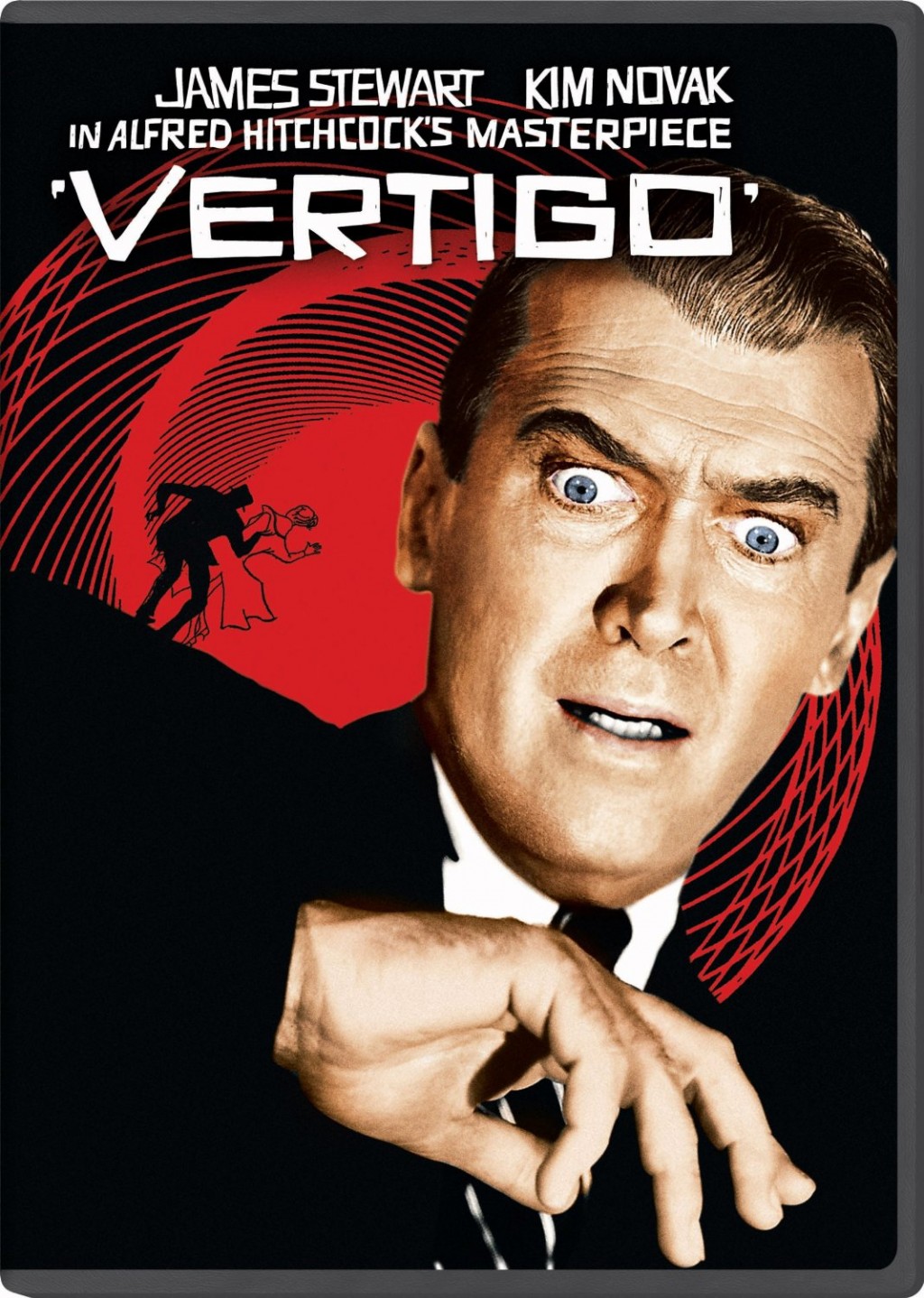

The second event is usually a meaningless distraction, meant to throw the audience off. When an audience focuses on one event that is building momentum, another interrupts. Hitchcock loved to build tension into a scene by using contrasting situations - two unrelated things happening at once. He knew that a confusing or abstract story would bore the audience, and streamlined his films to maximize suspense. Removing excess material and keeping each scene crisp was essential for Hitchcock. Simple, linear stories allow the audience to easily follow along. He was also known to frequently collaborate with the same actors. A very particular director, Hitchcock famously did not set much stock in method acting or improvisation and kept a tight reign on the action on set. Hitchcock held the actors’ performances in high regard, yet is known to have been a very controlling and visionary director on set, allowing little time or room for input from his actors.

Some of the best film editing done by Hitchcock can be seen in “Rope,” “Under Capricorn,” and “Sabotage.” But if you cut the scene correctly, used the right music, and the mood was set correctly through storytelling. Hitchcock believed that film editing could only do so much for a film. Even his characters are fascinated by music, and, as the New York Times’ Edward Rothstein points out, it can be argued that music itself functions at the level of a character in Hitchcock films. Hitchcock was very specific about how he used music in his movies, whether it was to create excitement, heighten tension, or build toward a climax.

In his films “Rebecca” and “Shadow of a Doubt,” he uses voice over for the opening sequences to cast a gloomy and mysterious shadow over the entire film. He would often put an emphasis on psychological characterization of his main and secondary characters. Through innovative scriptwriting, Hitchcock was able to exercise control over the audience. He used these sub-themes to add depth to his storytelling and build strong relationships with the audience. Among other elements, sub-themes in Hitchcock’s movies included voyeurism, authority, death, sexuality, guilt, and family. Hitchcock liked to focus on themes that revolved around obsession and morale. Hitchcock used mise-en-scène to build suspense, climax, curiosity and the likeness of his characters. While the audience may not pay attention to all the elements in a particular shot, the combination of elements helps the audience dive into the film’s story. The practice led to constant innovation of storytelling, which is something that Hitchcock maintained throughout his film career.Ī mise-en-scène is a term for a group of elements that composes a shot. Hitchcock started out as a silent film director, so he was always finding ways to add information to his films. Hitchcock may have never won an Oscar for best director, but in honor of his birthday, we’ve outlined 10 reasons as to why Hitchcock will always be one of the best directors. There is no denying that he changed the way audiences watched films - for example, Hitchcock demanded specific start times for “Psycho,” and audiences were asked to not give away the end of the movie. 13, 1899, the English film director created more than 50 movies before he passed away in 1980. Adding to this was a sense of comedy often lost on horror productions which might in some instances lighten the audience’s mood but in many cases added to the overall eeriness of the production.Alfred Hitchcock is arguably one of the most well-known directors in the last century. As the name implies, each episode of Monsters featured a different monster which the story concerned, from the animatronic puppet of a fictional children’s television program to mutated, weapon-wielding lab rats.Similar to Tales, however, the stories in Monsters were rarely very straightforward action plots and often contained some ironic twist in which a character’s conceit or greed would do him in, often with gruesome results.
#Alfred hitchcock movies series
While Tales sometimes dabbled in stories of science fiction and fantasy, this series was more strictly horror. It differed in some respects nonetheless. As of 2011, Monsters airs on NBC Universal’s horror/suspense-themed cable channel Chiller in sporadic weekday marathons.In a similar vein to Tales from the Darkside, Monsters shared the same producer, and in some ways succeeded the show. Monsters is a syndicated horror anthology series which originally ran from 1988 to 1991 and reran on the Sci-Fi Channel during the 1990s.


 0 kommentar(er)
0 kommentar(er)
